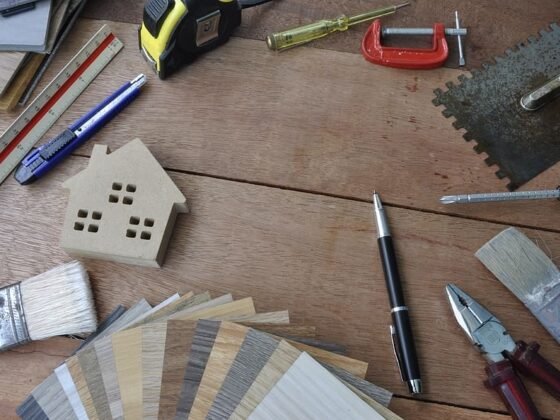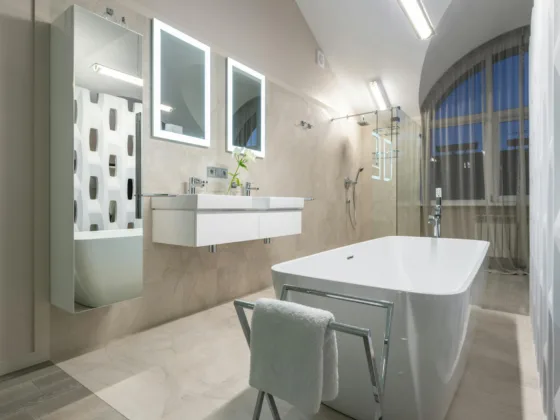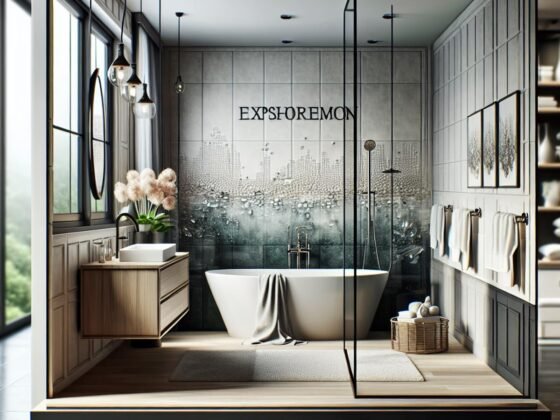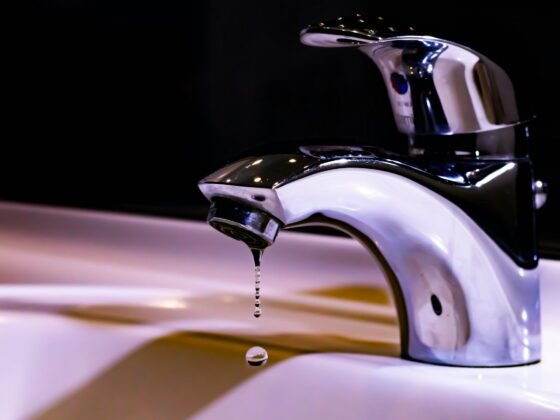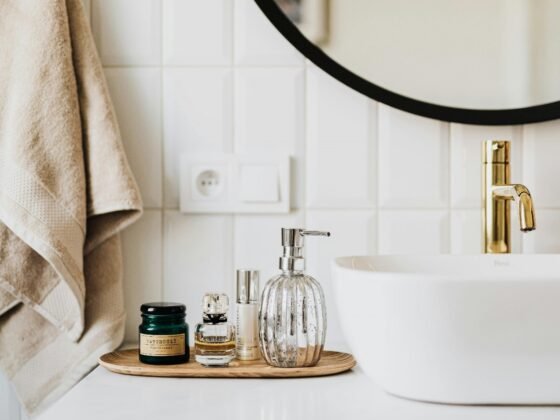Table of Contents Show
Redesigning commercial bathroom stalls or adding lockers to a room or hallway puts a significant effort on detailed planning for architects. They must keep in mind design, functionality, and convenience in each step from planning to overall completion.
A lot of elements should be kept in consideration when working with some vital aspects. It can often be easy to oversee the most imperative portions of infrastructure into the entire design and these are the bathroom stalls partitions and lockers.

There are a few crucial slipups that architects make when selecting bathroom stalls partitions and locker materials. These tips come in handy when trying to gear toward more convenient and cost-efficient bathroom stalls and locker installations.
Here are some of the most typical faults that architects and facility managers need to avoid when selecting bathroom stalls partitions and locker materials.
Choosing Bathroom Stalls and Lockers that are Not Durable
Architects often forget the value of durability of lockers or bathroom stalls partition materials. It can be easy to forget that their durability matter too even if these materials are not exposed to the natural elements and environment.
There can be a lot of factors that affect the bathroom stalls partitions and lockers though, that can even lessen their physical and visual appeal. Examples of these are scratches and graffiti.
The greater the durability of a bathroom stalls partition and locker, the less does those above factors contribute to diminishing their value. HDPE or high-density polyethylene material can exponentially improve bathroom stalls partition and locker durability.
Read Also:
Failing to Consider Germ-Resistance Materials for Lockers and Bathroom Stalls Partitions
Bathrooms and locker rooms can be germs and bacteria cesspits. Owing to the high level of moisture in them, bathroom stalls partitions can quickly accumulate mildew and molds.
A result of a study showed that choosing high-density polyethylene or HDPE material for bathroom stalls partitions offers more microbial resistance compared to phenolic ones. Choose wisely materials that can make bathrooms and locker rooms cleaner and healthier places.
Building Unreliable Lockers and Bathroom Stalls Partitions
Dependable and strong materials help lockers and bathroom stalls to remain functional and visually appealing for a longer time.
Some materials do not pass for reliable lockers or bathroom stalls, leading to mishaps like dents, rust, corrosion, and even released screws rendering them unsafe. Carefully keep in mind materials that can withstand these common problems.
Using Materials for Lockers and Bathroom Stalls Partitions that are Not Sustainable
When non-sustainable, environmentally-friendly materials are chosen by architects and facility managers, they put a limit to the reusability of the lockers and bathroom stalls materials. This also does not encourage being environment-friendly.
Architects and facility managers may want to use sustainable products. One sustainable material is the HDPE for these reasons:
- HDPE is 100% recyclable. HDPE material is also made up of almost entirely post-consumer content. This is unlike phenolic materials and SCRC reinforced composite.
- HDPE also has a very low-emitting material and is free of resins of urea-formaldehyde. This is again unlike phenolic materials for bathroom stalls.
It is important to decide and consider which materials to use when thinking of designing bathroom stalls or lockers. Do they have to be made from scratch or made from recycled materials thus eco-friendly? The HDPE might be the most ideal option.
This material is 100% recyclable and is widely preferred by manufacturers for bathroom vanities and bathroom stalls partitions, lockers, and other facilities.
Overseeing Aesthetics
The mistake of overlooking the aesthetics is one that architects make frequently for different lock and bathroom stall partition materials. It can be easy to think of its essential purpose and forget about how they look as if they do not matter.
But there can be some important benefits that go beyond just beautification. An example of this is the traditional metal lockers that fail to advance theirs with vents that protrude and bulky locks.
An HDPE locker solves both of these raised issues. It does so by doing away with generic and bulky locker makeup. Some lockers have vents in the locker surface and combination locks that are built-in.
With HDPE bathroom stalls or lockers, the clamor for great aesthetics and the maintenance of functionality over a long period is balanced. There are endless designs for bathroom stalls and lockers made from HDPE which can meet an architect’s succinct taste.
Ignoring Imminent Maintenance Costs
For architects and facility managers, the price of building up bathroom stalls partitions, and lockers are the only cost they want to think of.
They would not think of getting money out each month for bathroom stall partition or locker maintenance fees that were not there in the beginning and could be oftentimes recurrent.
Bathroom stalls partitions and lockers made from SCRC reinforced composite and phenolic materials have several typical maintenance requirements.
These may include but are not limited to rust, corrosion, scratches, dents, mold buildups, mildew buildups, germ growth, graffiti, and the lack of screw retention.
HDPE bathroom stalls partitions and lockers on the other hand have designs that withstand and resist these harmful problems. This results in much cheaper recurrent maintenance costs for HDPE material. HDPE is a financially viable option compared to its other competition.
Getting Decisions Right
Numerous decision mistakes can be made by both architects and building managers when selecting the materials for new bathroom stalls partitions or lockers leading to constant inconveniences. Common mistakes any of the following:
- Less durable materials chosen
- Germ resistance is not considered
- Unreliable materials used in building
- Not considering sustainability as a factor
- Noise levels are unaccounted for
- Aesthetics are overlooked
- Future maintenance costs ignored
Bathroom stalls partitions and lockers that do not live up to expectation is the usual output of these mistakes. The truth is that a lot of architects and building managers commit these blunders because they are not aware of HDPE material’s benefits.
Remember that when HDPE bathroom stalls partitions and lockers are selected, responsible architects and facility managers are choosing a safer, more durable, convenient, and more cost-efficient product.
This has a snowball effect of lower maintenance costs and a much longer bathroom stalls partition or locker lifespan.

